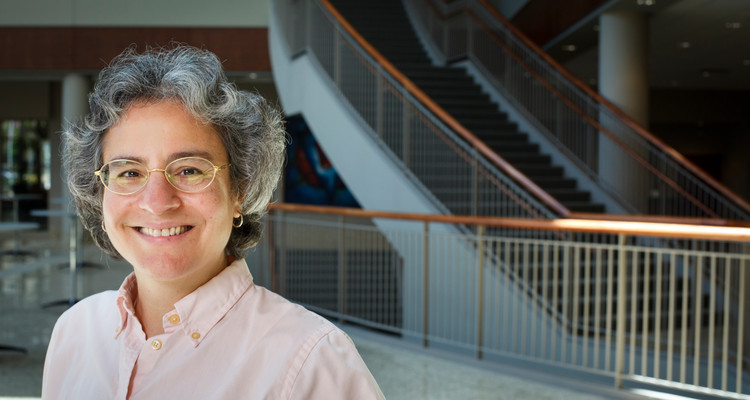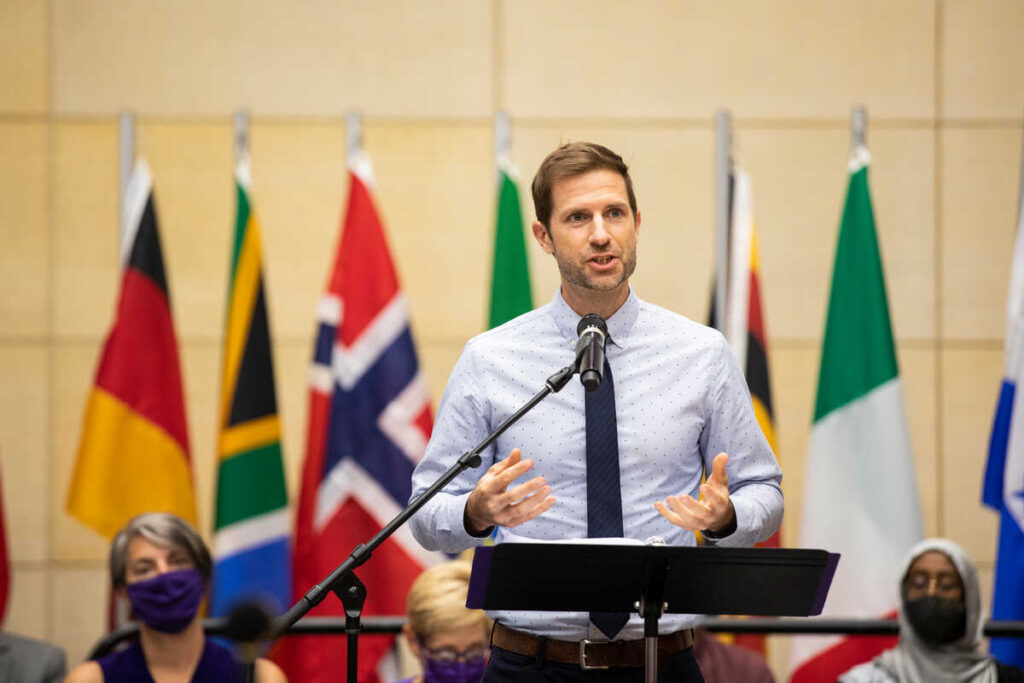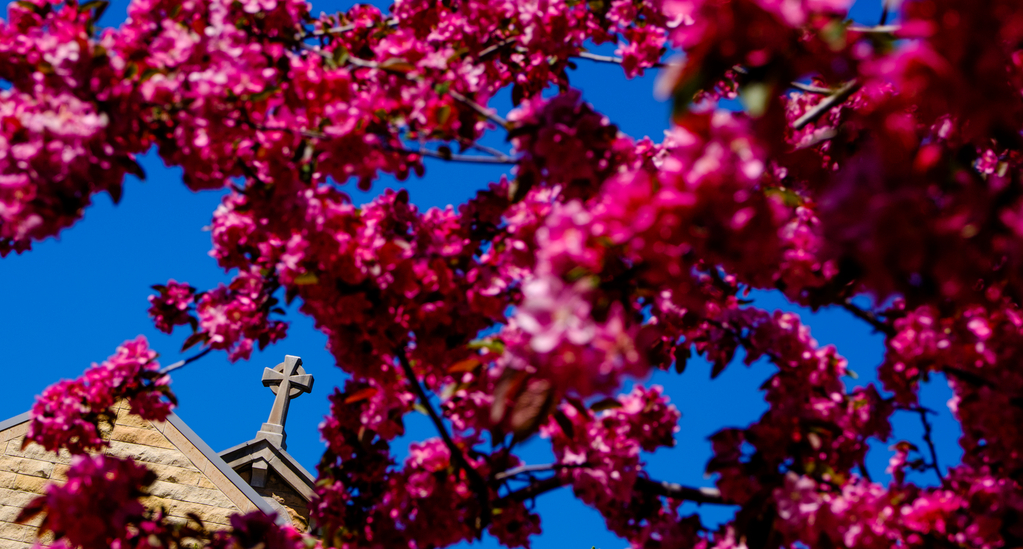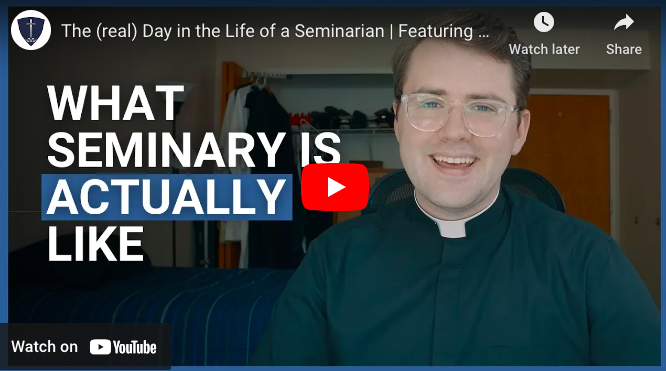Editors’ note: This week marks the one-year anniversary of Susan Stabile completing the Camino de Santiago pilgrimage through France and Spain. Stabile is a law professor and Faculty Fellow for Spiritual Life at the University of St. Thomas School of Law. She plans to walk the Camino trail again in May or June 2015 using a different route.
The Camino de Santiago, or the Way of St. James, is a pilgrimage to the Cathedral of Santiago de Compostela in Galicia in northwestern Spain, where tradition has it that the remains of the apostle St. James are buried. It was one of the most important Christian pilgrimages during medieval times (along with Rome and Jerusalem). There are a number of established pilgrimage routes to Santiago, and in fall 2013 I walked the Camino Francais, a 790-kilometer route that begins in St. Jean Pied de Port on the French side of the Pyrenees. I walked a total of 35 days (with two rest days), with a distance of approximately 15 miles a day, reaching Santiago on Oct. 29.
Everyone’s Camino experience is different, but some of the lessons I learned from the experience are valuable for all of us. Let me share three of them.
First, it is not supposed to be easy. We typically work under the assumption that everything is supposed to be easy for us. We always should be healthy. Our computers always should work. Our flights always should be on time. The water in the shower always should be hot, and so forth. At some point we have to confront the reality that it doesn’t always happen the way we think it should, and that perhaps that is the point.
My Camino was much more difficult than I ever expected it would be. Painful blisters in the early weeks. Rocky paths at the end of long days, when my feet were too tired to lift, making every step painful. Hours of torrential rain. More stretches of uphill climbing than I ever anticipated. I did the only thing I could: continue to put one foot in front of the other.
All of those experiences were for me a reminder that our greatest growth often is the product of the hardships we face. Big and small – we learn from them all.
Second, there is tremendous freedom in not constantly measuring our progress. During one day, I took the Calzada Romana from Calzadilla to Mansilla. The Calzada Romana is the most perfect extant stretch of Roman road left in Spain today. There was absolutely nothing on this stretch of Roman road between my starting point and ending point. No town. No park areas. No landmarks of any kind.
When a day’s walk was broken up by towns or sites, it was possible to mark progress by my guide book. Reaching town X, I would know I had walked 5.6 kilometers; at the next landmark, I knew I was halfway through my day’s walk, and so forth. When the whole day is one unbroken road, however, there is no way to judge progress. I knew I had to walk 24.5 kilometers to get to the town where I planned to stop for the day, but had no idea where I was at any point along the way. I couldn’t even estimate based on my rate of walking on other days, as I knew the rain and muddy road slowed my normal pace.
We have a natural tendency to seek ways to measure our progress, no matter what the arena, and we are uncomfortable when we lack reliable means to do so. But I learned that day that it can also be very freeing to simply move forward step by step without worrying about where we are in relation to a goal (however that is defined).
Third, be attached to nothing. Not to possessions. It took me all of one day on the Camino to lose a pair of shorts. They were a pair I liked and had planned to wear in the evenings. Gone. Let them go.
Not to plan. For me that included not starting on the feast day I intended and not being in Santiago on All Saint’s Day, as I had planned. It also meant not doing something I really wanted to do: walk from Santiago all the way to the Finisterre and the Atlantic Ocean.
After arriving in Santiago and resting a day, I began my walk to the ocean. The first day was overcast, but still reasonably pleasant. On the second day, the skies opened up early in the morning and never closed. Thirty-two kilometers – eight hours of walking – in pouring rain and heavy winds. By the time I completed my walk for the day, me, my shoes and everything in my pack was soaked. All night I listened to the wind and rain. Finally, I had to admit that walking the remaining 34 kilometers to Finisterre in the cold and rain with still-wet shoes, sleeping bag, etc., would serve nothing but pride. So I let go of my attachment to my plan and shared a cab with my fellow walkers on the final stretch to Finisterre.
Hopefully this gave you a small glimpse of my Camino experience. If you are interested in learning more, check out my Camino posts and pictures on my blog, Creo en Dios!
This article originally appeared in the St. Catherine University graduate theology NewsNotes.







